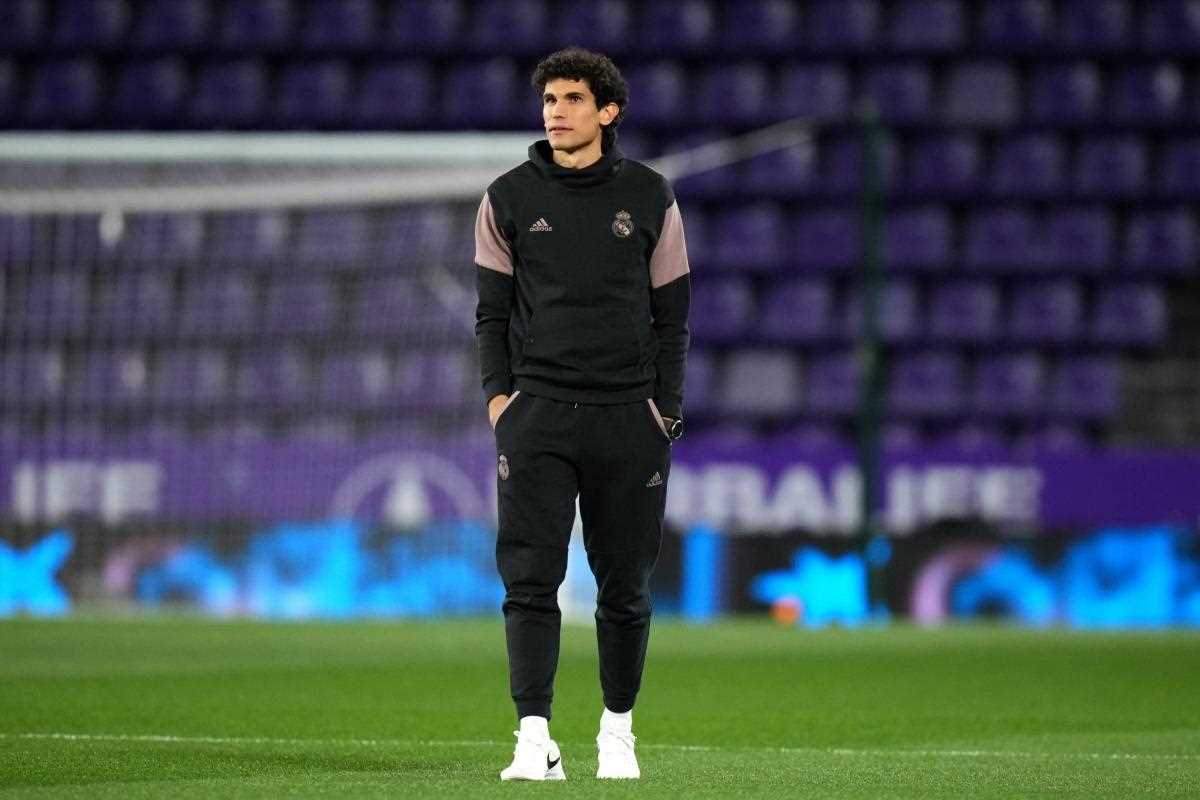In the realm of soccer, certain players occupy pivotal roles that greatly influence the dynamics of the game. These athletes often fulfill responsibilities that balance both defensive and offensive strategies, showcasing their versatility and tactical acumen.
One such role is essential for maintaining control in the central areas of the pitch. This player contributes significantly to both disrupting the opponent’s play and supporting their team’s advancement. Their position requires a keen understanding of the game, excellent positional awareness, and the ability to execute critical passes and tackles.
The impact of this role extends beyond mere positional play, affecting the overall flow and strategy of the team. By mastering this position, players can help shape the game’s tempo and dictate the pace, making it a crucial element for any successful squad.
Understanding the Role on the Field
In the realm of competitive soccer, each player has a distinct function that contributes to the overall strategy and performance of the team. The focus here is on a particular player whose contributions are pivotal yet often subtle. This individual’s role encompasses a range of responsibilities that impact both defensive and offensive play.
Key aspects of this role include:
- Defensive Duties: This player is integral to preventing the opposition from scoring, often engaging in tackles, intercepting passes, and clearing the ball from the defensive area.
- Positional Awareness: Maintaining strategic positioning is crucial for both intercepting passes and supporting teammates. This involves an understanding of where to be at key moments during the match.
- Ball Distribution: Effectively transitioning the ball from defense to attack by making precise passes and controlling the game’s tempo.
- Adaptability: The ability to adjust their role based on the flow of the game and the tactical needs of the team, which includes shifting between defensive and midfield responsibilities.
Overall, this player’s role is essential in balancing defensive solidity with the ability to support attacking moves, reflecting their versatility and understanding of the game’s dynamics.
Defensive Tactics Employed by Vallejo
In the realm of defensive strategies, certain players stand out for their unique approach to securing the backline. The tactics they utilize are crucial in neutralizing opposing attacks and maintaining defensive solidity. Their methods are not only effective but also demonstrate a high level of tactical awareness and precision.
One key aspect of their defensive play is anticipation. This involves reading the game effectively, predicting the opponents’ moves, and positioning oneself strategically to intercept passes and block shots. Such foresight is essential for disrupting the flow of the attacking team and regaining possession.
Another important tactic is marking. By closely following and challenging the opposing attackers, they ensure that the attackers have limited opportunities to receive and control the ball. This close marking can force mistakes and reduce the effectiveness of the attack.
In addition to marking, pressing plays a significant role in their defensive approach. By applying pressure high up the pitch, they aim to force the opposition into making hurried decisions and turnovers. This high-intensity pressing can disrupt the attacking rhythm and create chances to counter-attack.
Lastly, positioning is fundamental to their defensive strategy. Maintaining proper positioning ensures that defensive gaps are minimized and that support is readily available when needed. This disciplined positioning helps in forming a compact defense that is difficult for opponents to break through.
Contributions to Team Dynamics
In analyzing the impact of a key defensive player on a team’s performance, it’s essential to recognize how their role enhances overall cohesion and effectiveness. This player’s contributions extend beyond individual skill, shaping the team’s defensive strategies and fostering a robust tactical approach.
Defensive Coordination: By seamlessly integrating with teammates, this player strengthens defensive coordination. Their ability to read the game and communicate effectively ensures that the defense remains organized, reducing the likelihood of conceding goals.
Leadership on the Field: Exhibiting leadership qualities, this player often serves as a central figure in motivating and directing teammates. Their presence on the field instills confidence and helps maintain focus during critical moments of a match.
Tactical Flexibility: The player’s adaptability allows the team to adjust tactics in response to varying game situations. This flexibility is crucial for countering opposing strategies and capitalizing on emerging opportunities.
Comparison: Vallejo vs. Other Defenders

When evaluating defenders in the realm of professional soccer, it’s crucial to consider various attributes that distinguish them from their peers. The comparison often involves assessing how different players excel in aspects such as positioning, defensive skills, and versatility on the field. This analysis highlights the strengths and weaknesses of various defenders, providing a clearer understanding of their impact in the game.
Here are key points to consider when comparing a defender to others in the same role:
- Defensive Prowess: Assess how well the player handles one-on-one situations, blocks, and intercepts passes. Effective defenders demonstrate superior tackling abilities and a strong understanding of defensive positioning.
- Versatility: Compare the player’s ability to adapt to different defensive roles, such as central or full-back positions. Versatile defenders can adjust their play based on the opponent’s strategy and team’s needs.
- Ball Distribution: Evaluate the player’s skills in passing and distributing the ball from the backline. The ability to transition from defense to attack smoothly is a valuable trait in modern football.
- Physical Attributes: Consider the player’s speed, strength, and aerial ability. These physical characteristics play a significant role in their effectiveness in various defensive situations.
- Leadership and Communication: Examine the defender’s role in organizing the backline and communicating with teammates. Strong leadership on the field can greatly influence a team’s defensive performance.
By analyzing these aspects, one can better understand how different defenders compare and which qualities are most effective in various game scenarios.




